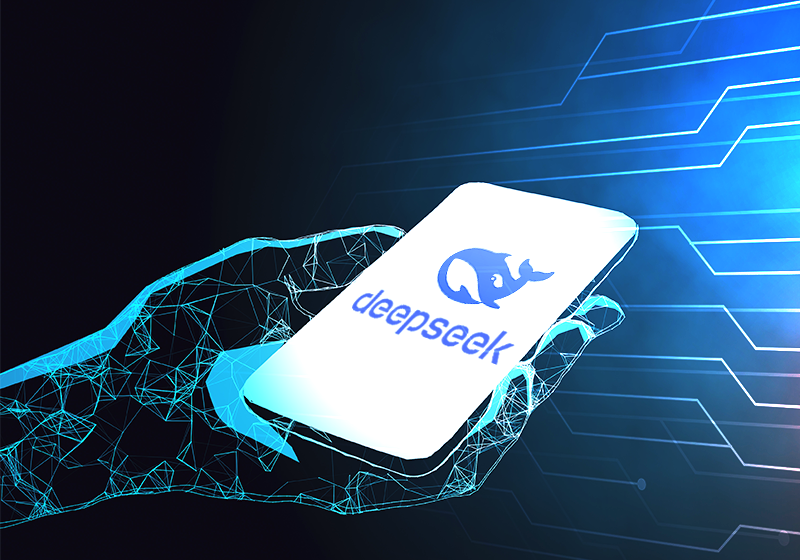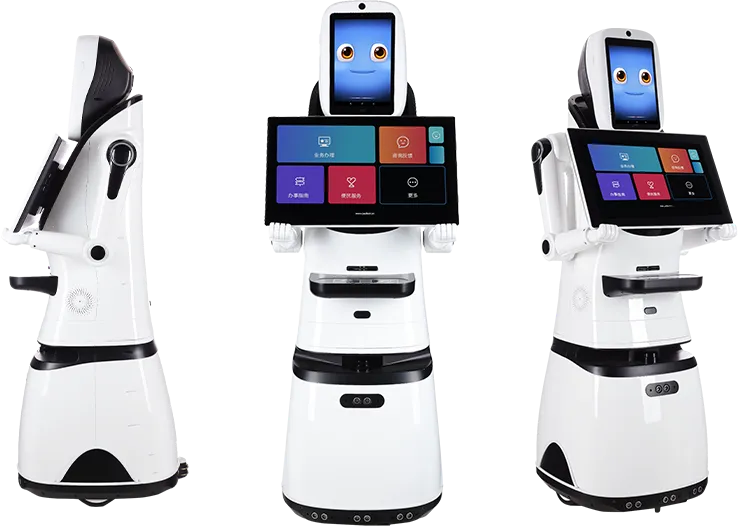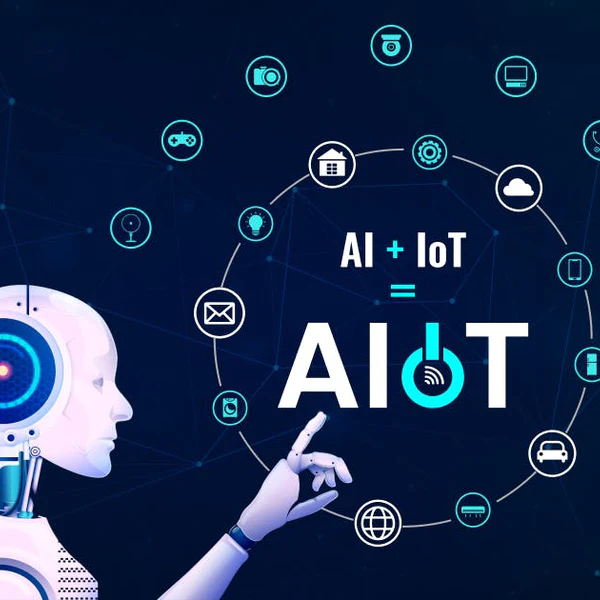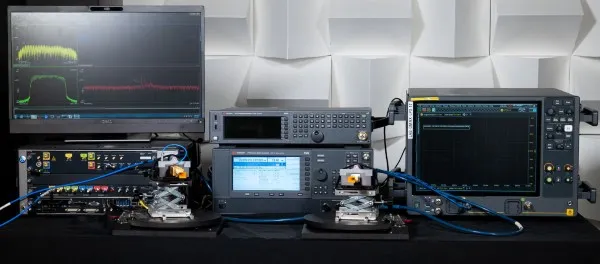Introduction
The era of large-model applications has arrived. In the wave of artificial intelligence, large models are becoming a central force driving technological change. Shortly before the Lunar New Year, the release of DeepSeek R1 attracted global attention. It demonstrated performance comparable to Open AI models and, with a CoT (chain of thought) reasoning process, showed strong logical capabilities. Its open-source and low-cost characteristics enabled rapid adoption by many organizations. DeepSeek has become a focus across industries, and 2025 may be a critical year for the widespread rollout of large-model applications.
1. Why 2025 for the large-model application surge?
Technological development evolves from emergence to maturity and then broad application. The rise of the PC internet two decades ago and the mobile internet a decade ago followed this pattern. From the perspective of cycles and technical maturity, AI large models now stand on the verge of rapid expansion.
The appearance of DeepSeek R1 not only highlighted the capabilities of large models but, through its open-source and low-cost posture, gave more companies and developers equal access. In just over a month, many companies in China integrated it, including industry giants such as Tencent and Alibaba. This indicates that large-model applications have the foundational conditions for broad deployment, with scenarios ranging from financial risk control and investment decision support to smart home and medical assistance. 2025 may be the tipping point for this transformation.
2. Application value of large models: beyond general chat
One common question is: if chat apps like DeepSeek and ChatGPT are already powerful, why develop specialized applications on top of large models? There are two main reasons. First, while general chat applications are flexible, ordinary users often lack the expertise to ask the right questions in professional domains. Second, model inference requires scenario-specific data; general chat tools that rely on internet data searches may retrieve incomplete or inaccurate information, which is unreliable for professional fields such as medicine or finance that demand accurate data.
At the current stage, large models are not truly intelligent in the human sense; their core value lies in exceptional data-processing ability. This capacity shows large potential in many professional areas and can substantially improve efficiency. In medicine, for example, a large model can analyze multi-dimensional patient data such as medical history, test reports, and physiological metrics to support diagnosis and clinical decision-making. In investment, it can quickly gather market data and perform in-depth fundamental and technical analyses to offer evidence-based decision support. These scenarios demonstrate that large models offer value far beyond simple conversational use.
3. Four critical factors for effective large-model applications
Over the past two years, exploration of large-model applications has spanned marketing and operations, search bots, coding assistants like JoyCoder, and fintech use cases from community-driven topic generation to fund and insurance product analysis. The arrival of DeepSeek R1 underscores that current applications are still at an early stage: present but far from optimal. Based on these explorations, achieving strong results requires integrating four key elements: large models + domain expertise + knowledge base + engineering architecture.
a. Domain expertise and interaction design: making large models easy to use
General chat apps are simple, but effective use often requires users to have domain knowledge, so the apparent accessibility still has a high threshold. For example, in investment, a typical user may not know what to ask. Asking "How is the market today, should I buy or sell this stock?" is unlikely to produce profitable guidance. A user with some experience might instead ask for an analysis of the CSI 300 index technicals from 2021 to the present, considering patterns, moving averages, and trends, with cross-confirmation using MACD, divergence, and volume. More specific buy/sell or rebalancing advice requires deeper, more technical questioning.
Interaction inconvenience is another major issue. Users must organize language and type queries, often switching between a chat tool and a brokerage app, which hurts the experience. News aggregation apps such as Toutiao replaced traditional portals largely due to superior interaction. Therefore, combining interaction design with domain expertise is critical; scenario-based AI is a promising direction.
b. Domain knowledge base and search capability: giving models reliable context
Asking precise questions is not enough; models need rich, timely context and the ability to retrieve it accurately. Timeliness, accuracy, and breadth of information are essential. A large model is effectively a neural network trained on vast internet data, but like a doctor or trader, it needs to be informed about the current "condition" or "market" to provide reliable advice. The more complete and current the information, the more accurate the expert-level output.
Apps with internet access can search before answering, but returned data may be stale or sparse, undermining inference quality. For example, a reasoning process that cites expired data can produce convincing but invalid conclusions. To use large models effectively, organizations must build local knowledge bases to ensure data volume and quality. After open-source releases like DeepSeek R1, algorithm access has become more equal, and competition has refocused on data as a core productive factor.
Efficient and accurate data retrieval is also crucial. Even with a rich knowledge base, search capability matters; this is a long-standing strength of search companies and is technically challenging. Knowledge-base architecture, access permission design, and various RAG techniques are all critical.
c. Agent architecture and engineering capability: unlocking model potential
For simple queries, a large model can reply in a single turn. For complex tasks, such as finding a cheap flight to Tibet or deciding when to buy an index fund, more sophisticated designs are needed. Structuring and guiding the model like a human brainstorming or expert panel can combine multiple experts' intelligence to find better solutions.
Think of the large model as a standby super-expert providing an API for applications to call. Programming toward large models and unlocking their potential requires careful engineering so the model functions as a true "brain," replacing preset business workflows, strategy engines, and orchestration tools, and enabling application-level autonomy. Agent architectures, including multi-agent interactions, can guide multi-turn interactions and logical reasoning to yield more accurate results. Design patterns involving tools/MCP, memory, planning, chain-of-thought, and reflection warrant continued exploration.
d. The model itself: selection matters more than ownership
Large models are the core component of applications, but from a development perspective, selecting suitable models and switching between them flexibly is more important than owning a single model. Application architectures need to support multiple models. The success of DeepSeek R1 illustrates ongoing competition and iteration among models; different models may suit different domains, just as people have varied strengths in science, business, or music. In multi-agent systems, each agent can use a different model. Market competition among models will intensify, making selection more important than mere possession.
4. Future directions and outlook
Is DeepSeek R1 the end point? Not likely. Is Transformer the ultimate architecture for AGI? Probably not. Experts have argued that, despite significant breakthroughs from Transformer-based models in natural language processing, future, more powerful algorithms may emerge to push AI further.
Have we exhausted data sources? Unlikely. Human discovery has never relied solely on existing textual records. From Kepler and Newton to modern science, breakthroughs came from observing and analyzing real-world data. Whether astronomical motions, tides, microscopic particle collisions, or biological signals, capturing these phenomena via cameras and sensors can provide richer, more diverse data that may feed future model training and refinement.
Beyond algorithms and data, future large-model development will require substantial compute. Quantum computing may offer a long-term path to address this need. Energy supply will also be a limiting factor; as computational systems proliferate, energy constraints could become a major bottleneck for technological progress.
That moment may eventually arrive.
 ALLPCB
ALLPCB








